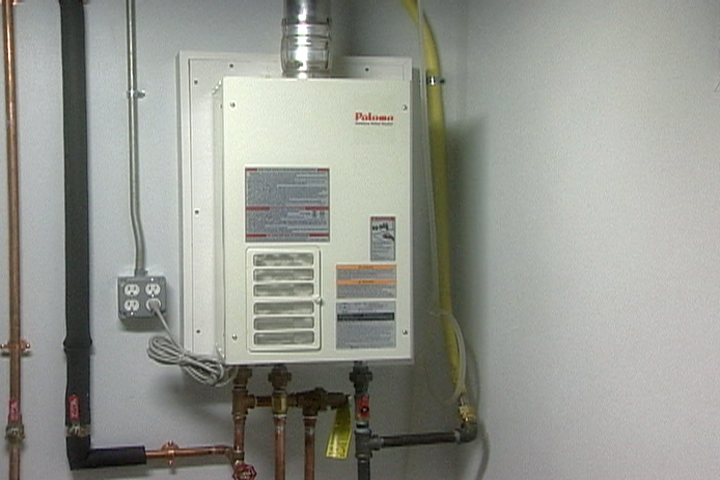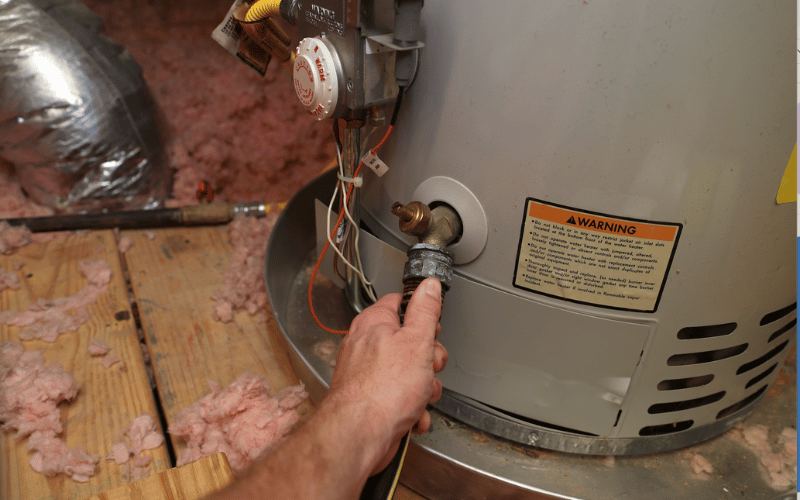What're your opinions about What Kind of Maintenance Do Water Heaters Need??

Hot water is important for day-to-day comfort, whether it's for a refreshing shower or washing recipes. To guarantee your hot water system runs efficiently and lasts much longer, normal maintenance is vital. This short article offers functional tips and insights on exactly how to preserve your home's warm water system to avoid disturbances and expensive fixings.
Introduction
Maintaining your home's warm water system could seem overwhelming, yet with a few simple actions, you can ensure it runs efficiently for several years ahead. This guide covers everything from understanding your warm water system to do it yourself maintenance tips and knowing when to call expert assistance.
Importance of Keeping Your Hot Water System
Regular maintenance not just expands the lifespan of your warm water system but likewise ensures it runs effectively. Overlooking maintenance can lead to decreased effectiveness, higher energy costs, and even premature failing of the system.
Indicators Your Hot Water System Needs Upkeep
Recognizing when your warm water system needs focus can protect against major problems. Keep an eye out for indications such as inconsistent water temperature level, unusual noises from the heating unit, or corroded water.
Recognizing Your Warm Water System
Before diving right into maintenance tasks, it's handy to understand the basic elements of your hot water system. Usually, this includes the water heater itself, pipelines, anode poles, and temperature controls.
Monthly Upkeep Tasks
Regular monthly checks can aid capture small problems before they escalate.
Flushing the Water Heater
Purging your hot water heater gets rid of sediment buildup, enhancing efficiency and prolonging its life.
Checking and Replacing Anode Rods
Anode rods stop corrosion inside the tank. Examining and replacing them when worn is crucial.
Examining and Changing Temperature Level Setups
Changing the temperature level setups makes certain optimal efficiency and safety and security.
Do It Yourself Tips for Upkeep
You can do a number of maintenance jobs yourself to keep your warm water system in leading problem.
Looking for Leakages
Routinely check pipelines and links for leakages, as these can bring about water damages and greater expenses.
Checking Pressure Alleviation Valves
Evaluating the pressure safety valve guarantees it functions properly and prevents extreme pressure accumulation.
Insulating Pipelines
Insulating warm water pipelines minimizes warmth loss and can save power.
When to Call an Expert
While DIY upkeep is beneficial, some issues need expert knowledge.
Complex Problems Needing Specialist Assistance
Instances include major leaks, electrical troubles, or if your water heater is consistently underperforming.
Regular Expert Upkeep Conveniences
Professional maintenance can include comprehensive inspections, tune-ups, and making sure conformity with security requirements.
Verdict
Routine upkeep of your home's warm water system is important for efficiency, durability, and expense savings. By adhering to these tips and understanding when to look for professional assistance, you can make certain a reliable supply of warm water without unanticipated interruptions.
How to Maintain an Instant Hot Water Heater
Before tinkering with your hot water heater, make sure that it’s not powered on. You also have to turn off the main circuit breaker and shut off the main gas line to prevent accidents. Also turn off the water valves connected to your unit to prevent water from flowing into and out of the appliance. 2. When you’re done, you have to detach the purge valves’ caps. These look like the letter “T†and are situated on either side of the water valves. Doing so will release any pressure that has accumulated inside the valves while at the same time avoid hot water from shooting out and burning your skin. 3. When the purge valves’ caps are removed, you have to connect your hosing lines to the valves. Your unit should have come with three hoses but if it didn’t, you can purchase these things from any hardware or home repair shops. You can also get them from retail stores that sell water heating systems. Read the user’s manual and follow it to complete this task properly. When the hosing lines are connected, open the purge port’s valves. 4. You should never use harsh chemical cleaners or solutions when cleaning your unit. Make use of white vinegar instead. It should be undiluted and you’ll probably use about 2 gallons. 5. Now flush your water heater. This task should probably take about 40 minutes. We can’t give you specific directions for this because the procedure is carried out depending on the type, model and brand of your heater. With that being said, refer to the user’s manual. 6. When you’re done draining the unit, you have to turn off the purge port valves again. Remove the hosing lines that you earlier installed on each of the water valves. Put the valve caps (purge port) back in their respective places and be very careful so as not to damage the rubber discs that are found inside these caps. 7. Now that everything’s back in place, check your user’s manual again to find out how to reactivate your water heating system. 8. Once it is working, turn one of your hot water faucets on just to let air pass through the heater’s water supply pipes. Leave the tap on until water flows smoothly out of it. https://www.orrplumbing.com/blog/2014/september/how-to-maintain-an-instant-hot-water-heater/

I'm very involved in How to Maintain a Hot Water Heater in a Few Simple Steps and I'm hoping you appreciated the new entry. Loved our piece of writing? Please quickly share it. Let somebody else check it out. Many thanks for taking the time to read it.
Schedule Now